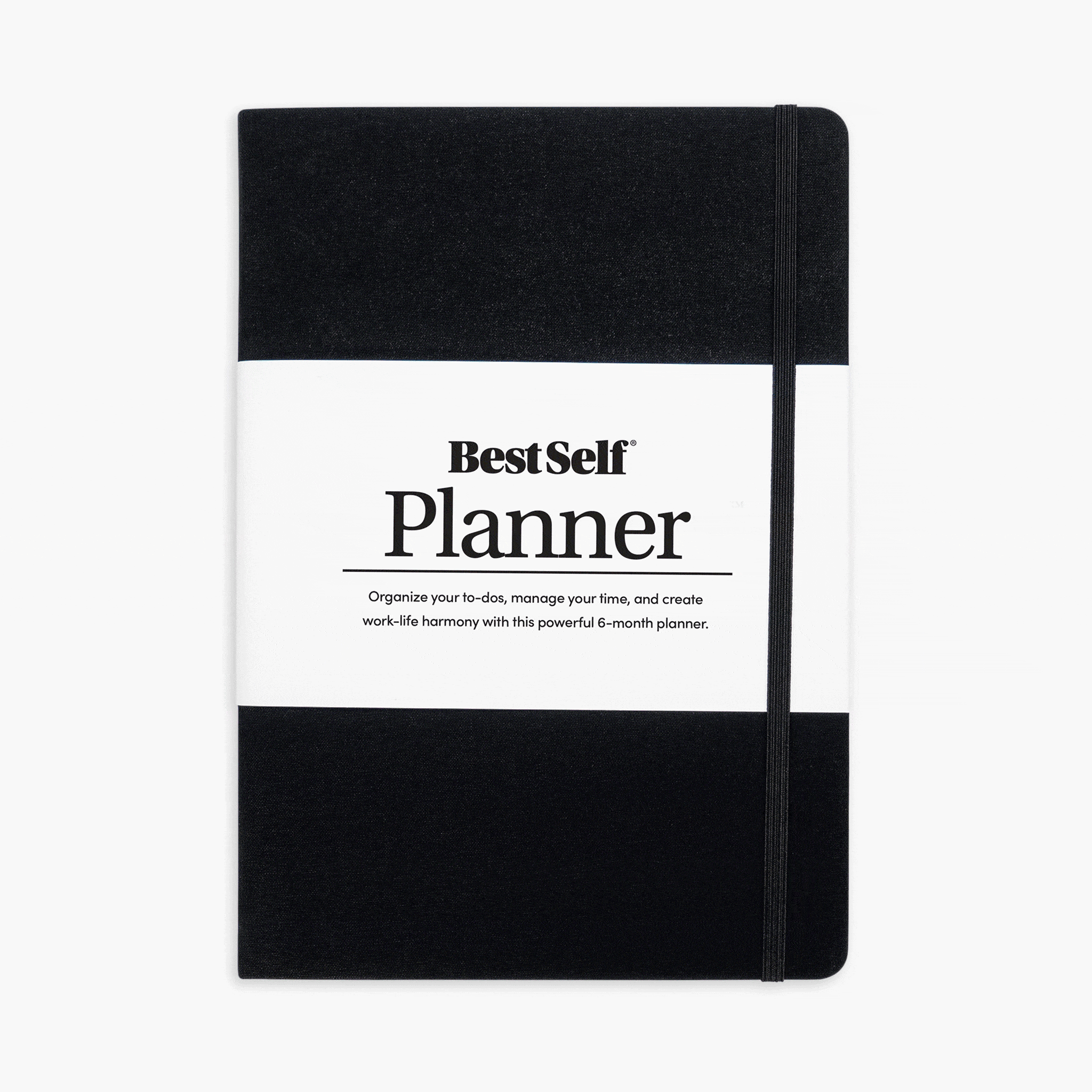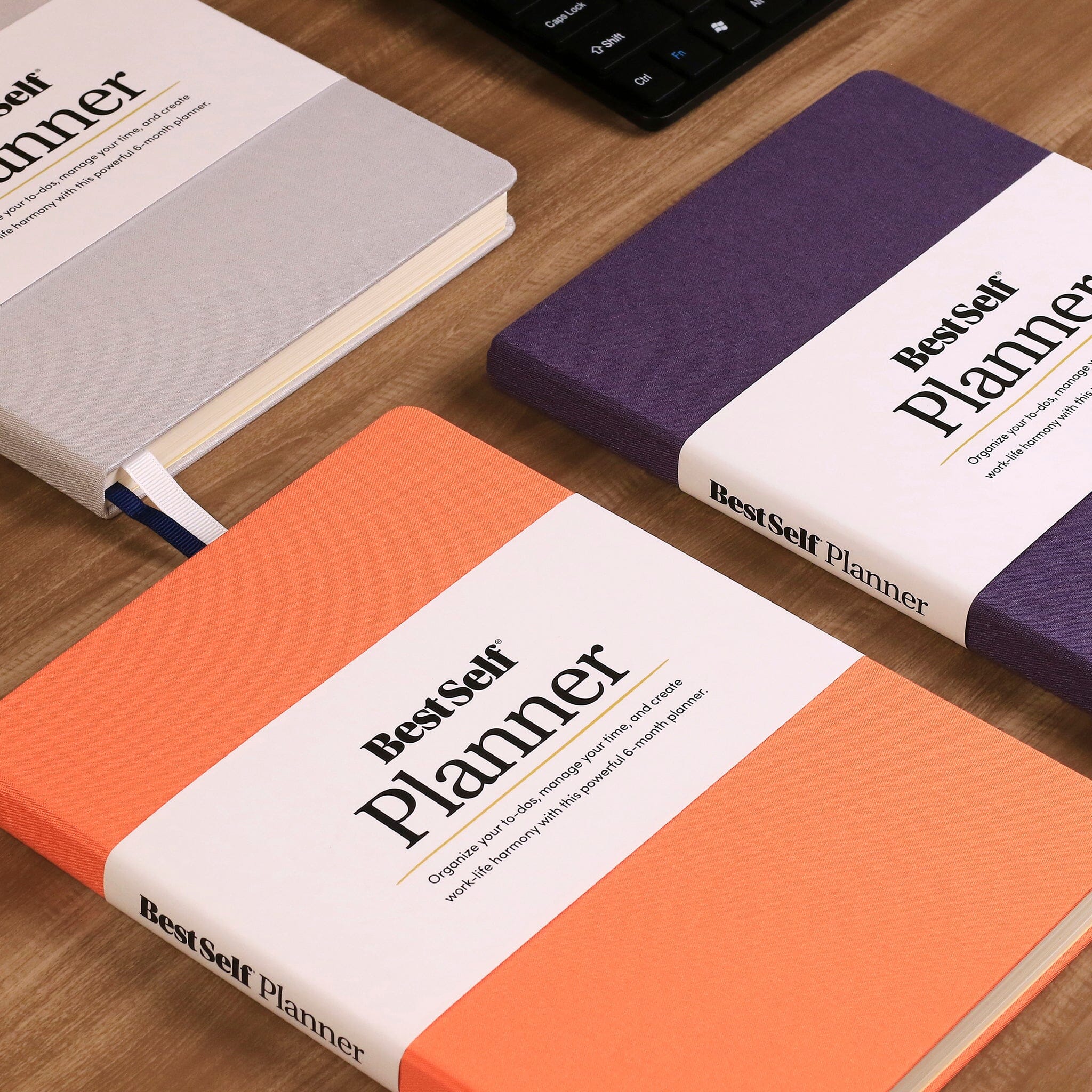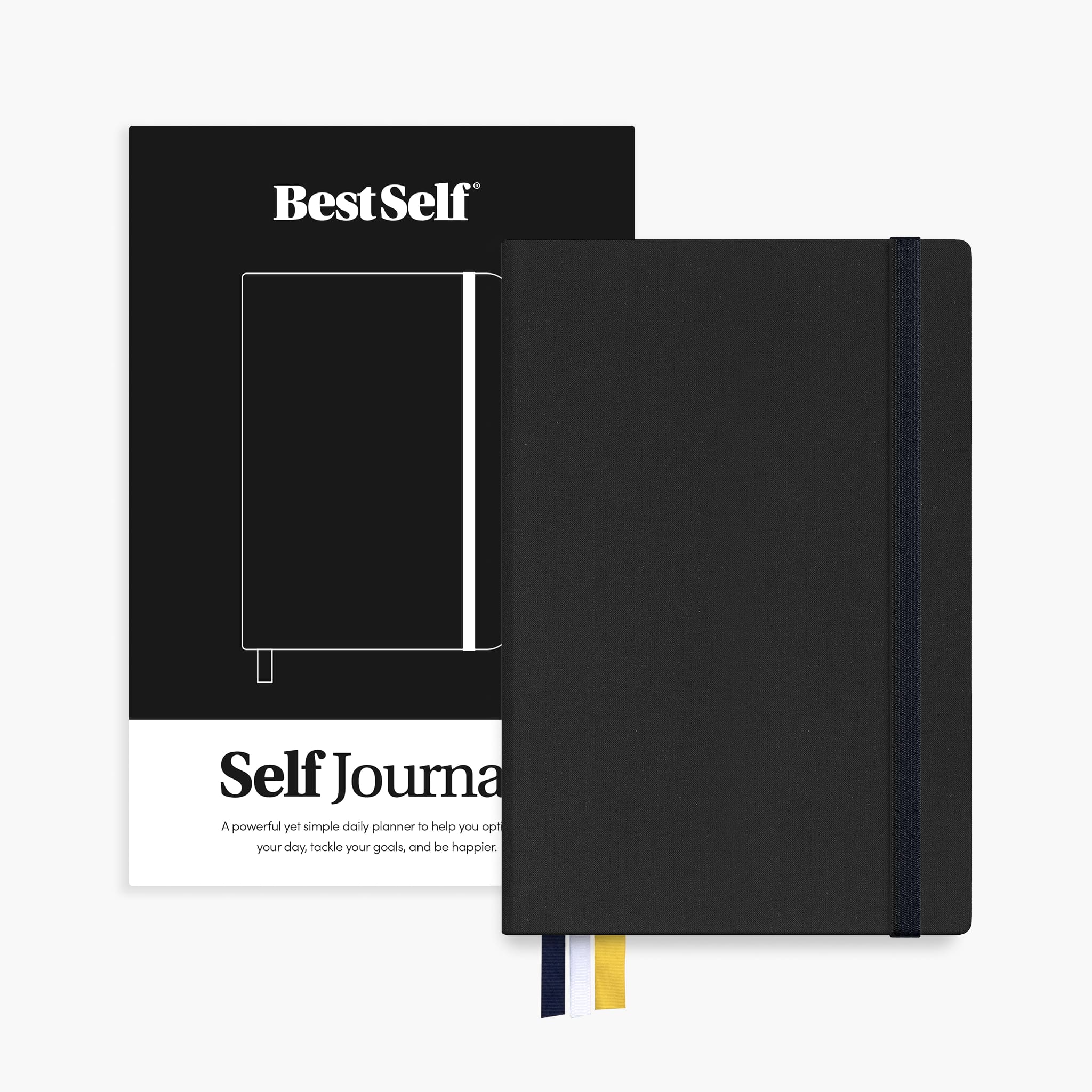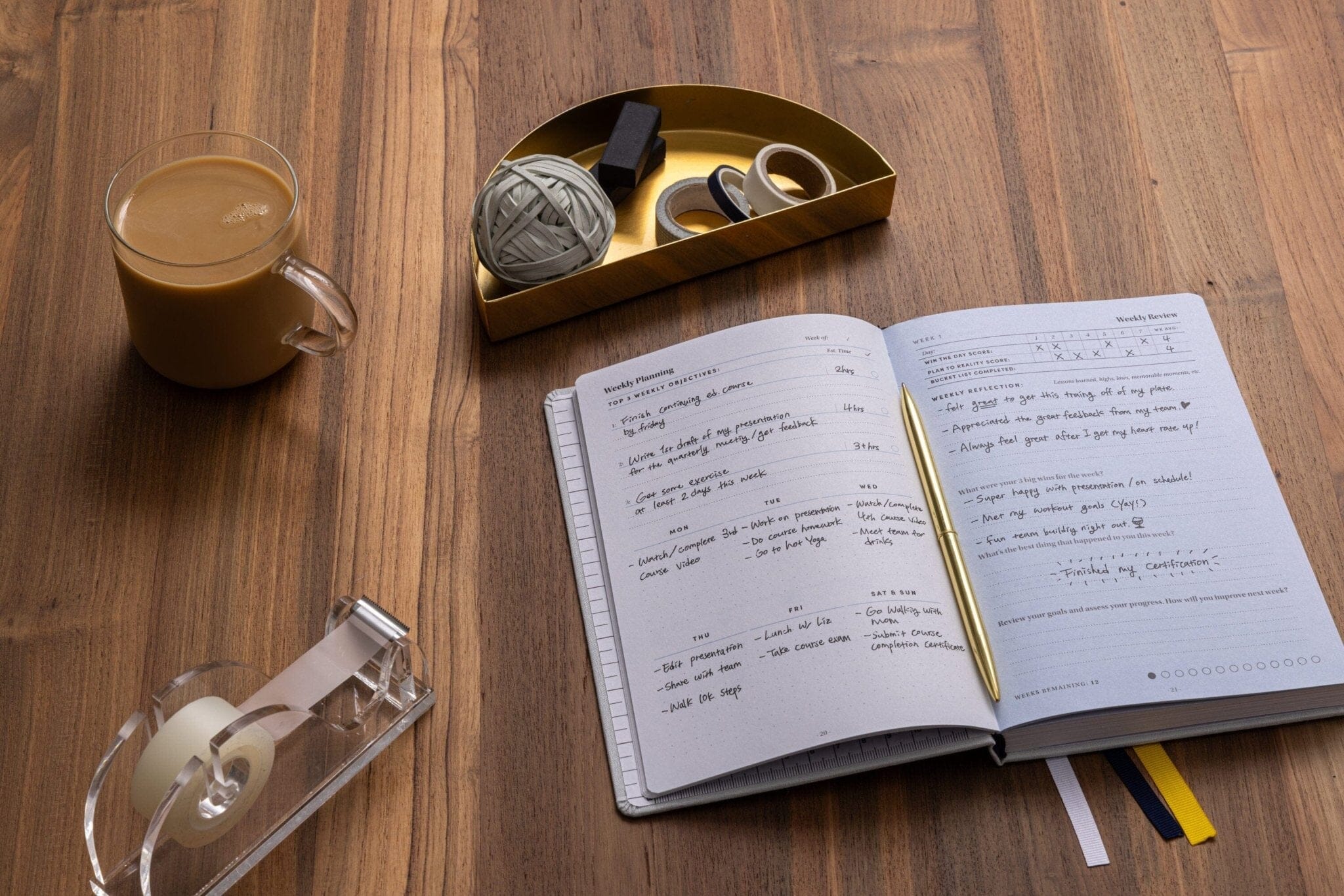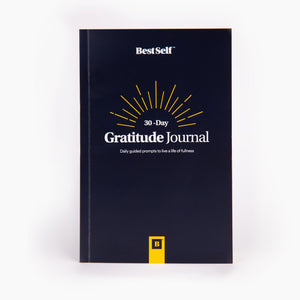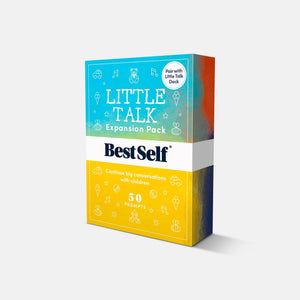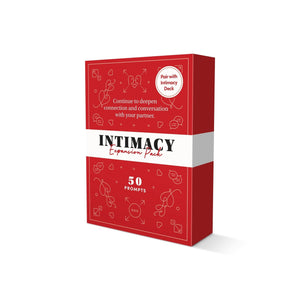
The Science Behind the Daily Action Pad: Boost Productivity & Focus
The Daily Action Pad is a structured tool designed to enhance focus, improve productivity, and help individuals execute their daily tasks with intention. Built on scientifically backed strategies, it provides a framework for effective task management, goal-setting, and prioritization.
Discover how the Daily Action Pad incorporates proven productivity methods to help you maximize efficiency and reduce overwhelm.
The Science That Supports the Daily Action Pad
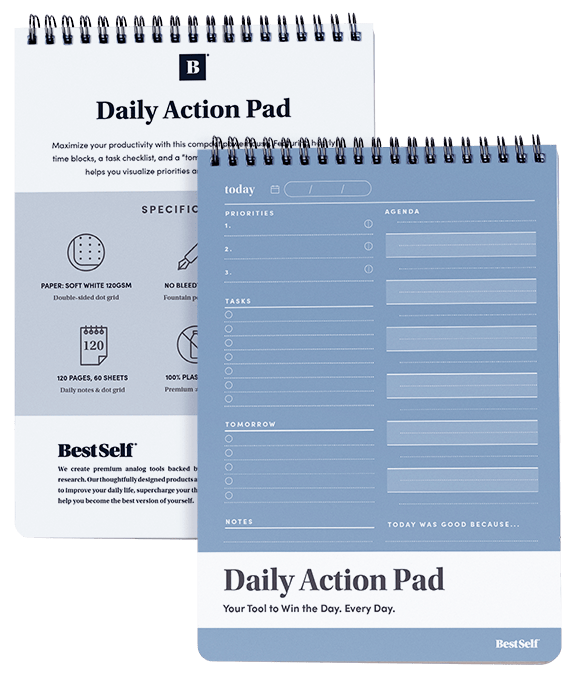
THE SCIENCE BEHIND
The Secret of Daily Planning
Research shows that individuals who plan their day in advance are significantly more likely to achieve their goals. Structured daily planning enhances focus, reduces decision fatigue, and increases productivity by ensuring that tasks align with key objectives.
Links to scientific studies:
- "Building a Practically Useful Theory of Goal Setting and Task Motivation: A 35-Year Odyssey" – Edwin A. Locke & Gary P. Latham
- "The Time Blocking Revolution Begins… "– Cal Newport
- "The Role of Daily Planning in Enhancing Productivity and Reducing Stress" – Laura Stack
How It Relates
Research shows that individuals who plan their day in advance are significantly more likely to achieve their goals. Structured daily planning enhances focus, reduces decision fatigue, and increases productivity by ensuring that tasks align with key objectives.
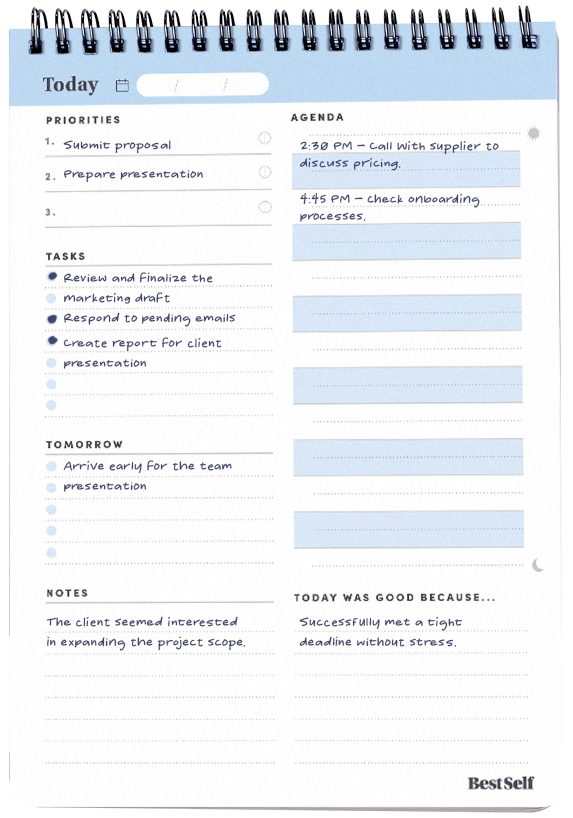
THE SCIENCE BEHIND
The Impact of Task Prioritization
Studies highlight the importance of prioritizing tasks based on urgency and importance. Effective prioritization helps individuals avoid procrastination, increase efficiency, and stay focused on high-impact activities.
Links to scientific studies:
- "The Eisenhower Decision Matrix: A Framework for Prioritization" – Stephen R. Covey
- "The Role of Prioritization in Reducing Procrastination" – Joseph R. Ferrari
- "The Impact of Focused Work on Productivity" – Cal Newport
How It Relates
It allows users to organize tasks by priority level, ensuring that the most important work is completed first. It reduces overwhelm by helping users focus on what truly matters each day.
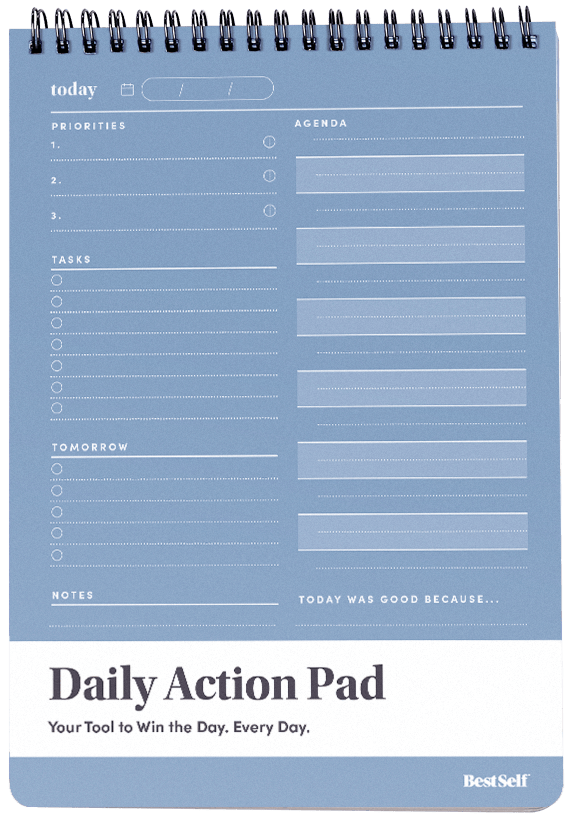
THE SCIENCE BEHIND
The Impact of Reflection
Research suggests that visual planning tools such as calendars and task boards improve memory retention and reduce cognitive load by providing a clear overview of responsibilities.
Links to scientific studies:
- "The Psychology of Visual Aids in Time Management" – Richard E. Mayer
- "Cognitive Benefits of Visual Task Planning" – Daniel Kahneman
- "The Role of Visual Cues in Productivity Tools" – Donald A. Norman
How It Relates
The pad offers a structured layout that enables users to visualize their daily workload. This system enhances clarity, accountability, and motivation to complete tasks efficiently.
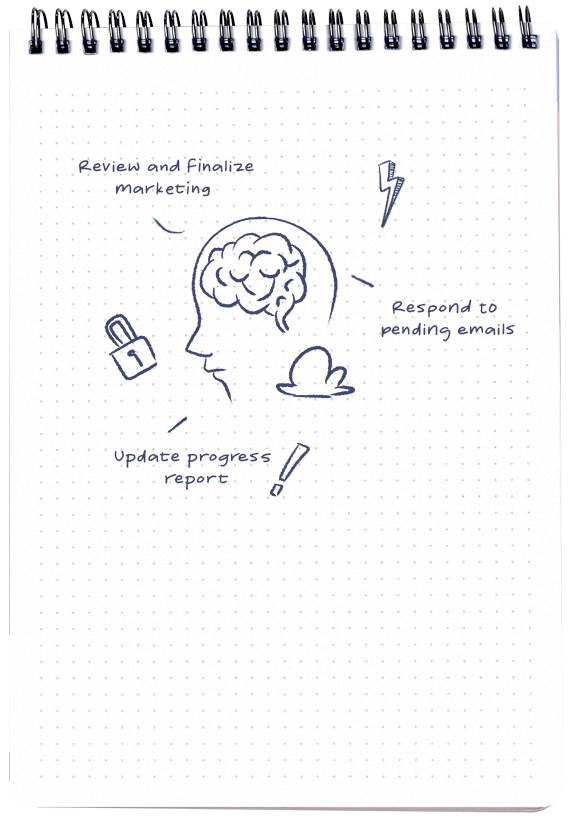
THE SCIENCE BEHIND
Breaking Down Goals into Actionable Steps
Large goals can feel overwhelming, but breaking them into smaller, actionable steps increases the likelihood of success. Research shows that structured task segmentation helps maintain motivation and provides a sense of progress.
Links to scientific studies:
- "The Impact of Micro-Goals on Motivation and Achievement" – Gail Matthews
- "Goal Setting and Performance: A Meta-Analysis" – Edwin Locke & Gary Latham
- "Actionable Steps: A Key to Sustainable Progress" – Teresa Amabile
How It Relates
It helps users break down big goals into smaller, manageable tasks. By focusing on step-by-step execution, individuals can stay consistent and achieve long-term success.
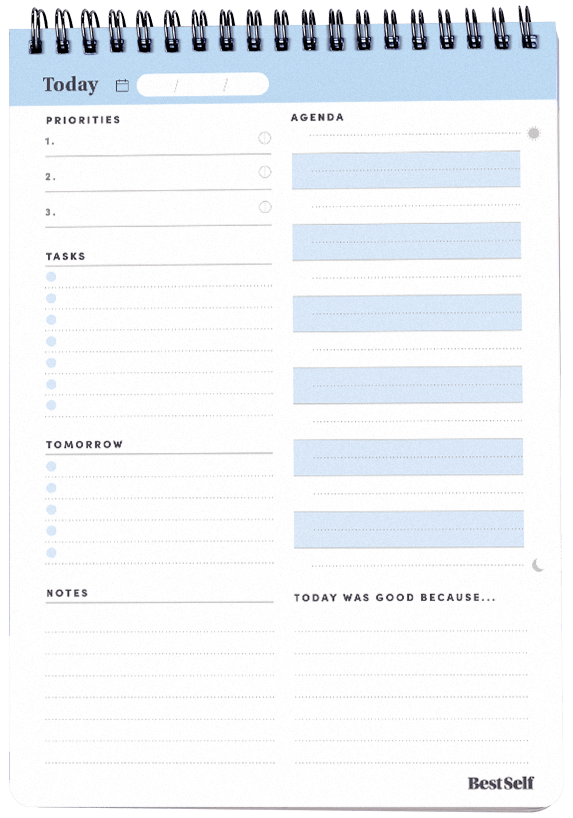
THE SCIENCE BEHIND
Reflection and Adjustment
Reflection is essential for continuous growth. Studies show that regular self-assessment helps individuals evaluate progress, identify obstacles, and refine their strategies for better results.
Links to scientific studies:
- "The Role of Reflection in Goal Achievement" – Jennifer Moon
- "Reflective Practices for Professional Growth" – Donald A. Schön
- "How We Think" – John Dewey
How It Relates
The Daily Action Pad includes reflection prompts to encourage users to review their daily accomplishments and areas for improvement. This habit fosters continuous learning and enhances long-term productivity.




